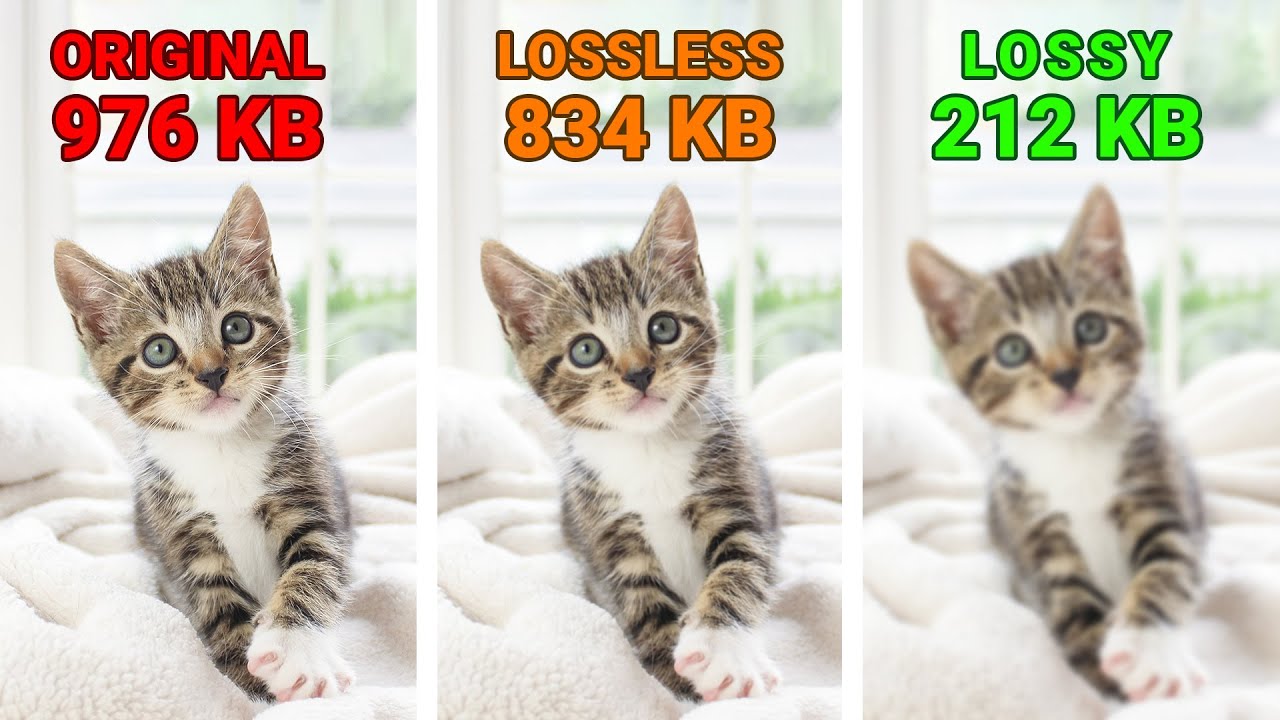Lossy compression is a type of data compression which reduces a file’s size by sacrificing some of its data. Lossy compression works by using algorithms which discard certain parts of the data in the file, resulting in a smaller file size but lower quality content. Lossy compression is typically used for audio and video files as the loss in quality can be undetectable, or at least not significant enough to be noticed. In contrast, lossless compression sacrifices no data, but the file size may not be reduced much.
Lossy compression is commonly used when transferring and storing media files, such as MP3 audio files or MPEG video. It can also be used for text or image files, though in this case there may be an issue with visible degradation of the data. Lossy compression tends to preserve the most significant components of the data first, allowing for a greater level of compression than with other methods.
The most popular lossy compression algorithms include JPEG, which is used for images, and MP3, which is used for audio. Others include MPEG, AAC, and Ogg Vorbis. These algorithms usually use what is known as perceptual coding, where data which will not be missed is removed.
When transferring files over the internet, lossy compression is often preferred over lossless compression due to the overhead associated with the latter. Although the file will become slightly degraded when using lossy compression, the space savings are usually significant enough to make it desirable. However, if the highest quality version of the content is desired, lossless compression is usually required.





